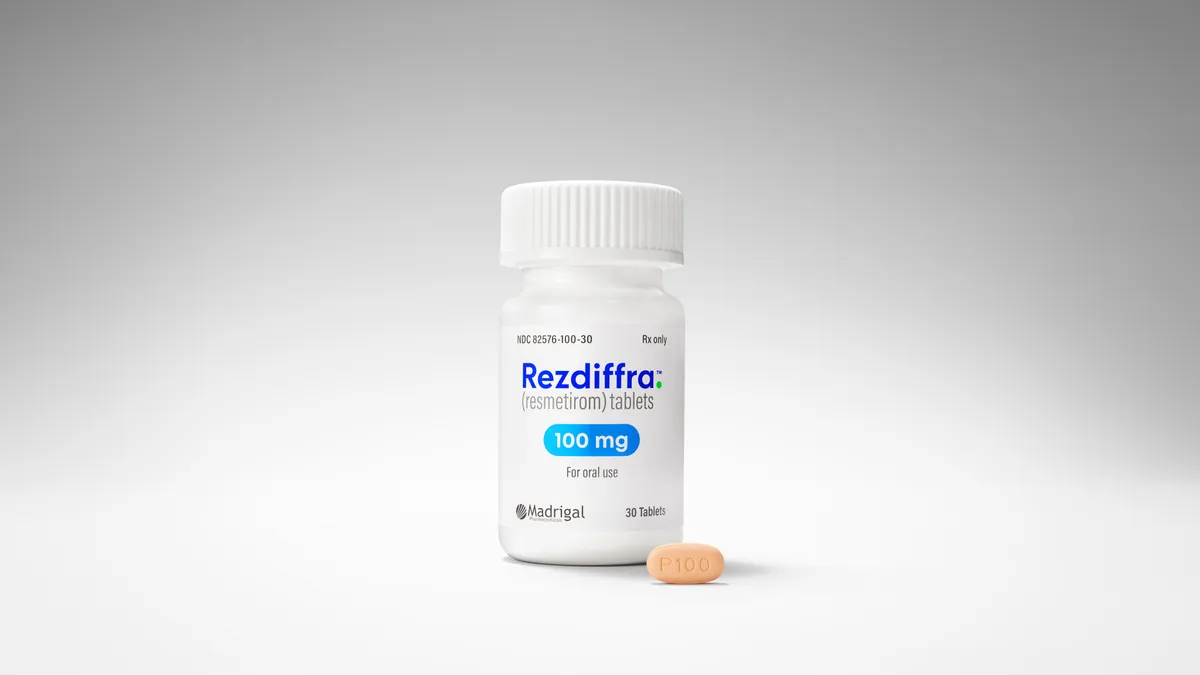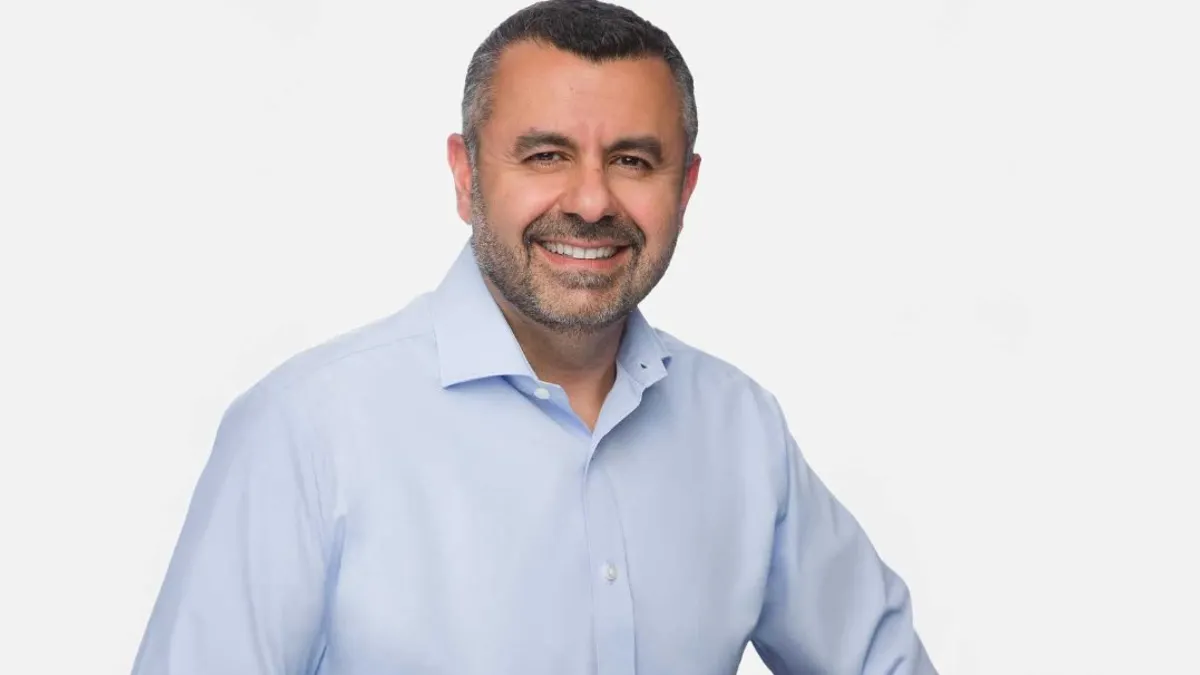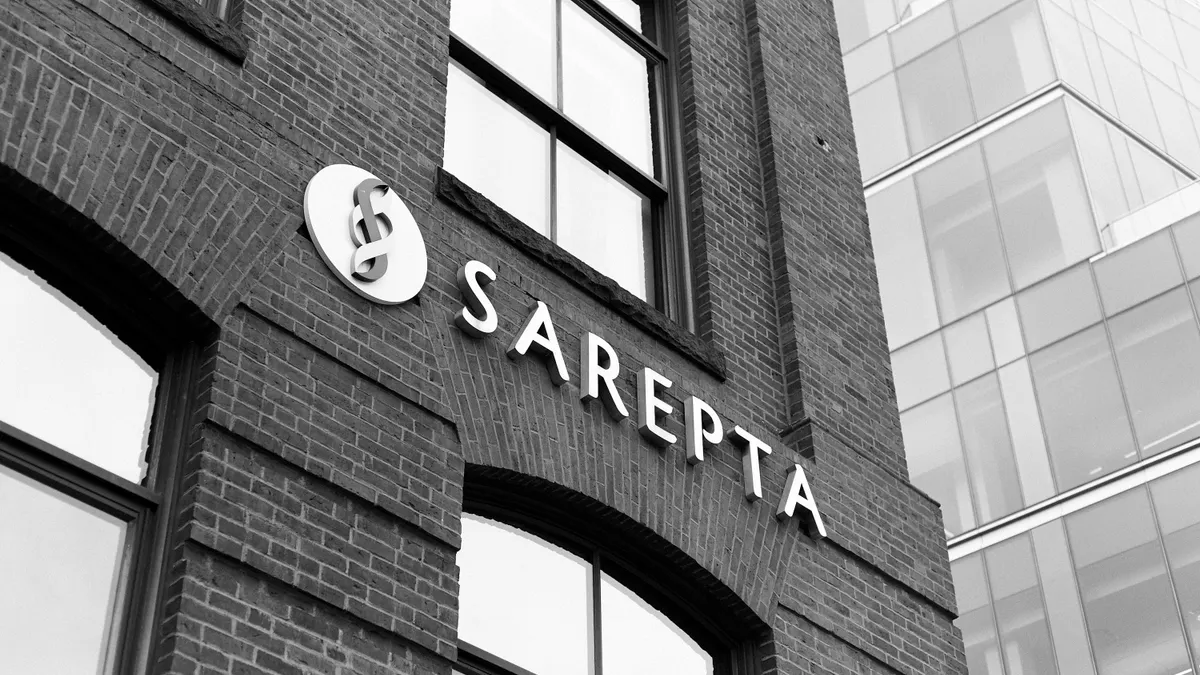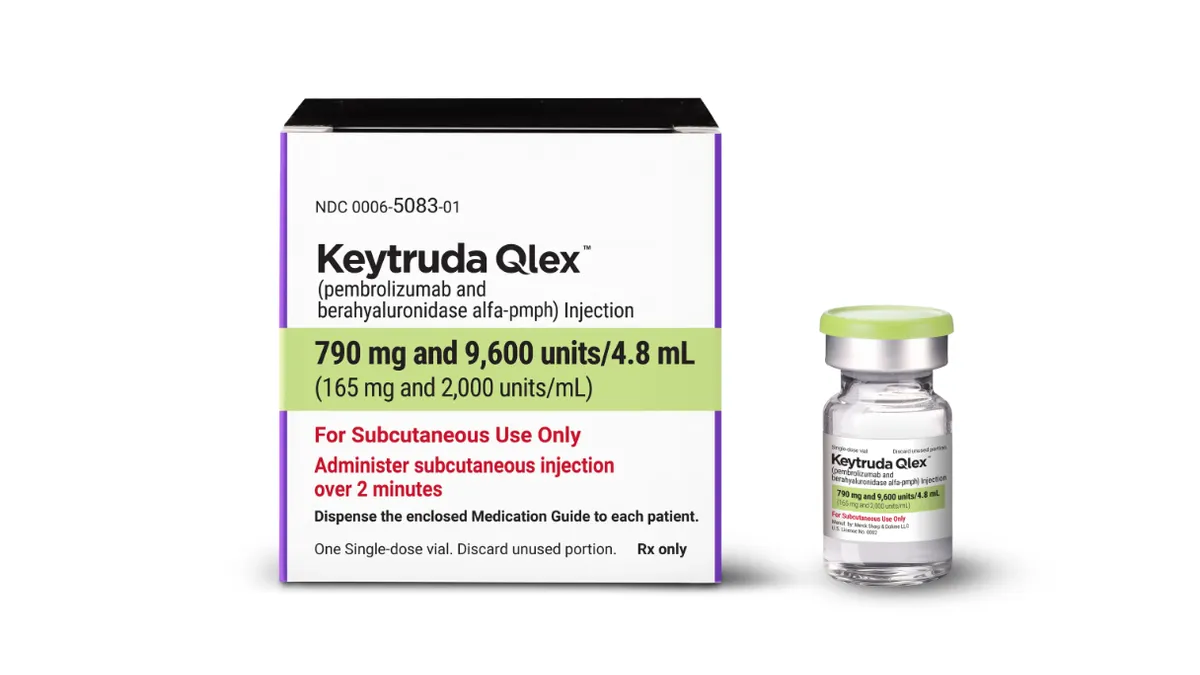While Eli Lilly is riding the GLP-1 wave and making investments in manufacturing, the efforts aren’t quite enough to meet the current market. And that may not be the pharma giant’s biggest problem.
Lilly’s first-quarter earnings report tells the supply chain tale clearly. The diabetes and weight loss drug Mounjaro missed analysts’ expectations and the company reported $1.8 billion in revenue from the drug during the quarter, below analysts’ expectations of $2.1 billion. Lilly’s sister drug Zepbound, which was only approved late last year, reported revenue of $517 million.
“We expect that the supply and demand situation will remain quite tight in the near term as well as the mid-term,” Lilly CFO and executive vice president Anat Ashkenazi said during the quarterly earnings call, still noting that demand could remain ahead of supply into next year.
Despite missing the earnings forecasts, Mounjaro was still a huge score for Lilly, and its earnings potential can’t be understated. As a result of the windfall, Lilly raised its guidance for the rest of the year by a whopping $2 billion.
Doubling down on manufacturing prowess, Lilly recently announced it will acquire a facility to boost U.S. injectable capabilities, and the company broke ground at a $2.5 billion parenteral manufacturing site in Germany.
“We’re doing construction overnight,” Ashkenazi said during the earnings call.
But a capacity overhaul isn’t the company’s only strategy to maintain its market position as the competition is ready to pounce on shortages that lead consumers to find alternative versions. Lilly began targeting compounding pharmacies last year in lawsuits that aimed to prevent Mounjaro knockoffs from being sold at medical spas and wellness centers.
Last month, a judge dismissed a Lilly case against a compounding pharmacy selling reformulated tirzepatide (the generic name for Mounjaro and Zepbound) after a Florida judge said the company was attempting to “use a back door” through the state to enforce federal law that falls under the FDA’s jurisdiction. Lilly still has other legal fights against compounding pharmacies, arguing these reformulated tirzepatide drugs have not been reviewed by the FDA and pose a threat to patient safety.
The FDA allows compounded drugs to be distributed under some circumstances, including when drugs are in short supply, though they still need to meet conditions to qualify for drug review exemptions in these cases.
In January, the FDA noted that Ozempic and Wegovy from rival GLP-1 maker Novo Nordisk have both been on the national drug shortage list since May 2023 and compounded versions of the drugs are available. Lilly’s Zepbound and Mounjaro are also both on the list.
Pricing pressures
While dealing with its not unwelcome problem of high demand for the GLP-1 business, Lilly is also facing pricing pressure with an expected investigation from lawmakers on the horizon. The potential investigation comes after the HHS reported in 2023 that drug shortages have led to higher costs for consumers, and as the shortages stretch on, GLP-1 prices are likely to remain under the spotlight.
Sen. Bernie Sanders (I-VT) recently came after Novo Nordisk to look into the “outrageously high prices” the company charges in the U.S. for Ozempic and Wegovy compared to other countries. Sanders is notorious for grilling pharma executives over drug prices, but it’s unclear where his investigation will lead. In a letter, Sanders asked Novo CEO Lars Fruergaard Jørgensen to turn over internal communications to the Senate Health, Education, Labor and Pensions Committee about the prices of Wegovy and Ozempic.
While the investigation focuses on Novo, Sanders told The New York Times he will also target Eli Lilly’s Mounjaro and Zepbound pricing.
Lilly saw increased revenue from Mounjaro during the first quarter of the year after a savings card program came to an end at the conclusion of 2023. Realized prices for Mounjaro climbed 16% in the U.S. during the quarter, according to Ashkenazi.
As Lilly and other GLP-1 makers aim to ease supply shortages and face scrutiny over their U.S. prices, a new indication for heart disease along with studies of the drugs in conditions like MASH are expected to continue fueling demand for the drugs.



















